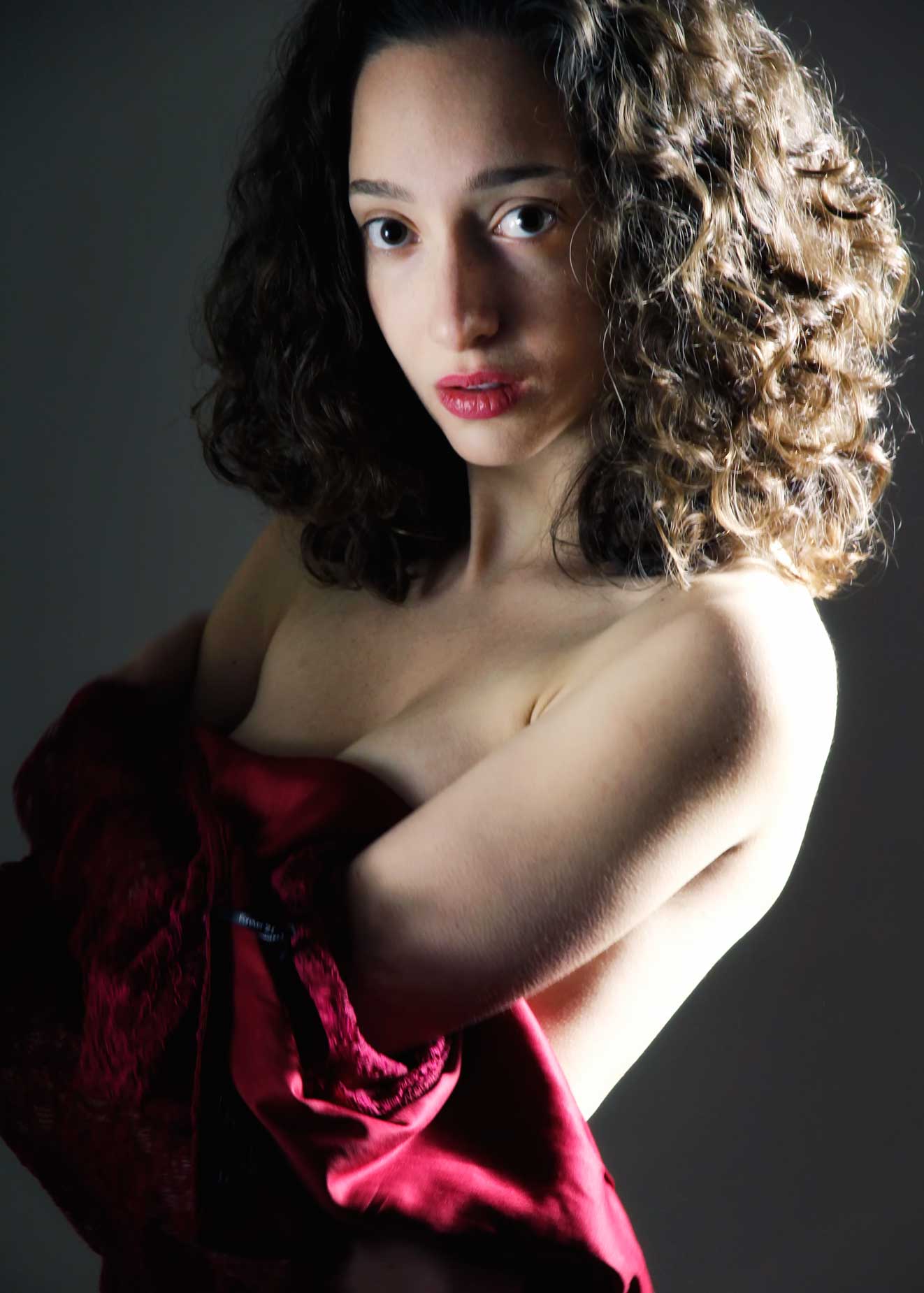Today’s Post by Joe Farace
Today’s blog might be considered the prequel to my post about Developing a Personal Portrait Style and if you have time you can click on it and read it first or maybe after this post; I don’t think it will it make any difference. The information is all there.
 When setting up an in-home or in-apartment studio, the first thing you need is space but you really don’t need that much out. But I’ve found that, over time, more is always better than less.
When setting up an in-home or in-apartment studio, the first thing you need is space but you really don’t need that much out. But I’ve found that, over time, more is always better than less.
You can put a studio in a basement, garage, spare bedroom or you can use the living room as Mary and I did when we started our photography business many years ago. For each shoot, we would set up the lighting equipment and a background and then knock it alll down and pack it away until next time. It wasn’t the best way to operate but it got the work done and it worked. I even won an award for a bridal portrait that I shot in that space, so it can work.
In creating a studio from existing space in your home you need to be creative and flexible. My first home studio was in an 8×9 foot space in my former home’s unfinished basement and was sandwiched between my model train layout and an old sofa. Ceiling height was only 7.5 feet and so my choice of lighting modifiers was not just limited to small umbrellas because I successfully used a Plume Wafer softbox as a main light in this space too.
My current home studio, where the image at left was made, measures 11×15-feet and has a 9.5 foot ceiling height giving me more flexibility in my choice of lighting modifiers. I have room to use many different backgrounds but can barely shoot full-length shots in this space.
 How I Made this Portrait: I photographed aspiring model Laura May Bachmayer in my 11×15-foor Daisy Hill home studio when I was testing LED light panels. The main light, as you can see above right, was placed at camera right while a 32-inch reflector was at left, kicking light back onto the subject’s face. Closing down the light’s optional barn doors on the main (and only) light, as I did for this portrait, on most continuous lights or studio flashes with modeling lights turned generates lots of unwanted heat. This LED particular light panel, on the other hand, remained cool.
How I Made this Portrait: I photographed aspiring model Laura May Bachmayer in my 11×15-foor Daisy Hill home studio when I was testing LED light panels. The main light, as you can see above right, was placed at camera right while a 32-inch reflector was at left, kicking light back onto the subject’s face. Closing down the light’s optional barn doors on the main (and only) light, as I did for this portrait, on most continuous lights or studio flashes with modeling lights turned generates lots of unwanted heat. This LED particular light panel, on the other hand, remained cool.
The camera for the portrait used was a Canon EOS 60D with EF-S15-85mm f/3.5-5.6 IS USM lens (at 67mm) and an exposure of 1/20 sec at f/5.6 and ISO 800. It was retouched using my standard techniques and then the Classic Soft Focus filter from Color Efex was applied to give it filmic look because I think Ms. Bachmayer gives off a Mary Elizabeth Mastrantonio vibe ala The Color of Money
Shooting in a garage, which I’ve also done in my former home, offers the advantage of high ceilings providing more flexibility in lighting set-ups but that’s not always a viable option for me because of the chilly weather here in Colorado results in winter temps around 50 degrees in my current insulated garage. In more temperate climates, this could be an ideal solution, if your cars don’t mind being outside.
 If you enjoyed today’s blog post and would like to treat me to a cup of Earl Grey tea ($3.50), please click here. And if you do, thanks so much.
If you enjoyed today’s blog post and would like to treat me to a cup of Earl Grey tea ($3.50), please click here. And if you do, thanks so much.
My book Joe Farace’s Glamour Photography is full of tips, tools and techniques for glamour and boudoir photography and includes information on all of the cameras used as well as the complete exposure data for each image. New books are available from Amazon for $33.46 with used copies,starting around twenty-three bucks. Kindle version is $19.99 for those preferring a digital format.